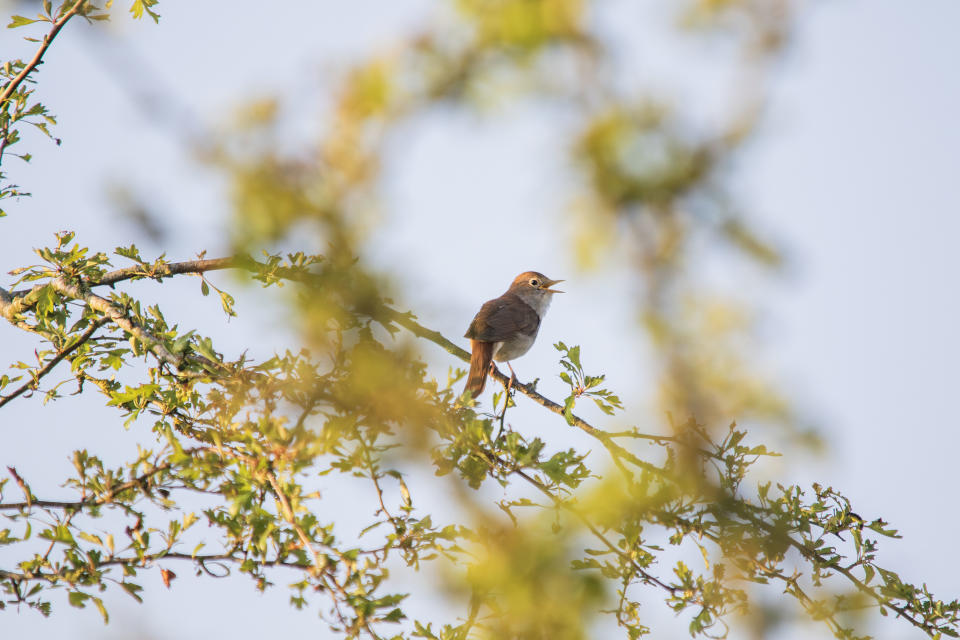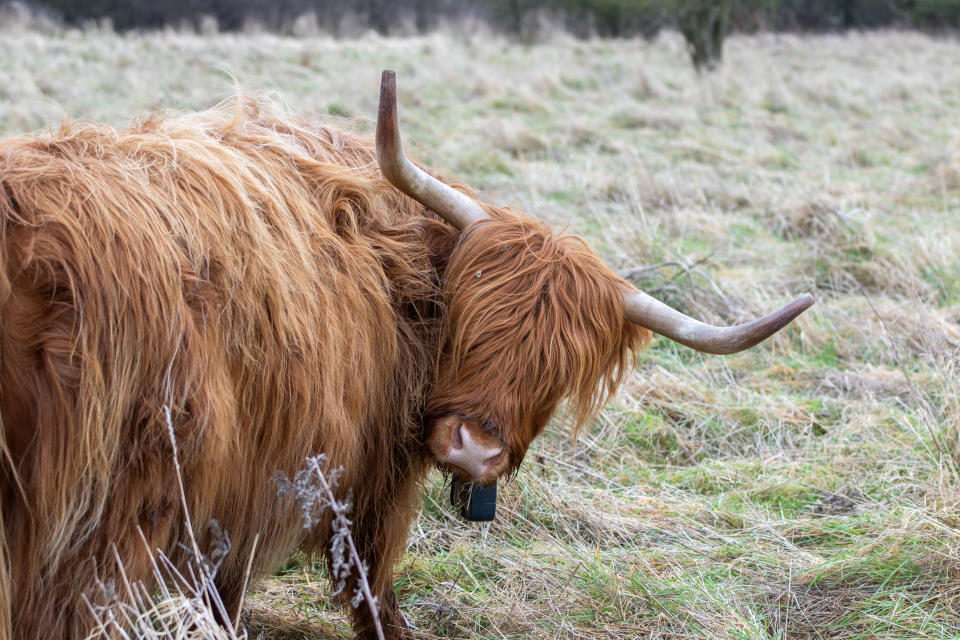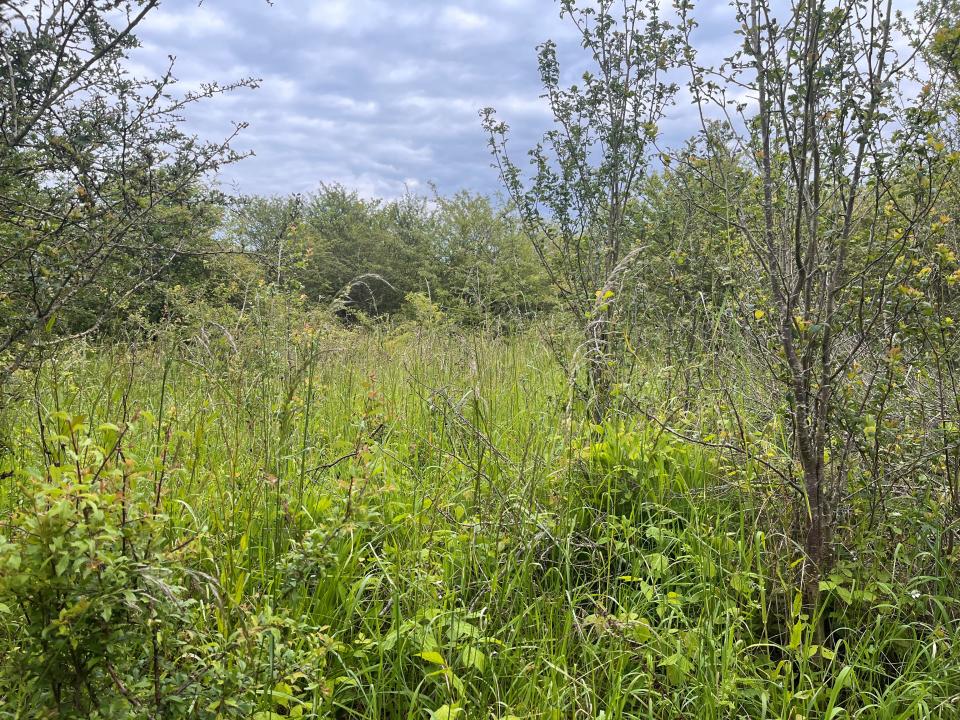Bid to save early rewilding site that hosts rare nightingales and turtle doves
A farm left to nature years before “rewilding” rose to prominence has become a unique and important site for wildlife, say conservationists launching a bid to save it.
The owner of Strawberry Hill, near Bedford, stopped farming his land 37 years ago, with once-arable fields reverting to scrubland that is now a haven for a host of wildlife including threatened nightingales, cuckoos and turtle doves.
But the 150-hectare (377-acre) site has no official designations or protections, and following the owner’s death, there were fears the land could be sold and returned to agriculture.

After gaining a temporary stay of execution for the site, the Wildlife Trust for Beds, Cambs and Northants (BCN) has raised enough money to buy half the land.
Now the conservation charity is launching a £1.5 million appeal to secure the whole site, saving the habitat and its rich wildlife and providing a “unique” opportunity to have a decades-long head start on rewilding the land for nature.
Rewilding, which has come to prominence in recent years with high-profile projects such as Knepp in West Sussex, is described as the large-scale restoration of nature to the point it can take care of itself, by bringing back habitats and natural processes such as grazing by large herbivores.
Brian Eversham, Wildlife Trust BCN chief executive, said: “Many years before anyone had heard of projects like Knepp or the concept of rewilding, a farmer decided to leave his land to nature.
“What has emerged is a unique area of meadow and shrubland which is ideal for a range of threatened species.
“Creating a reserve like this now would mean buying a large area of farmland and leaving it for more than three decades – but here we have a ready-made habitat full of nature. All we have to do is raise the money to save it.”

Mr Eversham added: “There is so much potential for wildlife to spread out from this site and recolonise the surrounding countryside – it truly is a beacon of hope in one of the most nature-depleted countries in the world.”
Walking along narrow paths through the dense scrub of hawthorn, brambles and young trees, you can hear, among a chorus of birdsong, the distinctive purr of a turtle dove and the rich song of nightingales.
Both migratory birds are red-listed because of the huge declines they have suffered in recent decades, but are found here in some of the highest concentrations in the country, according to the BCN team.
There are 32 pairs of nightingales, a species which has declined 90% across the UK, the conservationists said.
The site is also “teeming” with great crested newts, and there are barn owls, cuckoos, pipistrelle and barbastelle bats.

A small stream runs through the land, lined with mature willows, and in some places the dense scrub is interspersed with more open areas of grassland, where orchids are flowering.
The only signs of human interference are the grassy paths, including public footpaths, which criss-cross the site, lined with wildflowers and rich insect life including ringlet and speckled wood butterflies, while a handful of young walnut and oak trees have been planted on the site.
Wildlife Trust BCN’s conservation director Matt Jackson told the PA news agency the plan is to leave half the land, where the scrub is more mature, to continue its “natural succession” to woodland.
In the other half, the “dynamic edge” habitat of scrub, which is both rare in the region and important to wildlife, and meadow areas will be maintained.

That will involve some grazing with animals such as Highland cattle, which are expected to make space among the scrub and keep it more open.
The scale of the scrub area will also allow experts to measure the amount of carbon the habitat stores, something which little is known about, he said.
Mr Jackson said the site gave conservationists a 37-year head start to look at how the different approaches – leaving the land to continue to woodland or managing it with some grazing – would change the wildlife and carbon stores.
It will also provide a stepping stone for wildlife to move through the landscape, which in Bedfordshire is heavily agricultural, he said.
Mr Jackson said the site was unique due to the size of the area that was left to nature, under an “innovative” agreement using agricultural subsidies to pay the farmer for leaving land fallow.
“It was rewilding ahead of its time,” he said.

“It’s so important from a wildlife point of view, and that 37-year head start enables us to see different approaches to managing abandonment and what effect they have on wildlife and carbon. It’s a unique opportunity.”
“There just isn’t anywhere else of this scale that’s been left for so long,” Mr Jackson added.
To find out more about Strawberry Hill or donate to the appeal to save it, people can visit: www.wildlifebcn.org/strawberryhillappeal

 Yahoo News
Yahoo News 
